-
Posts
249 -
Joined
-
Last visited
Content Type
Profiles
Forums
Blogs
Gallery
Events
Store
Posts posted by Archer
-
-
Or this, to Großadmiral Anton, Freiherr von Haus.
Cross of Military Merit, Class 1, with War Decoration.
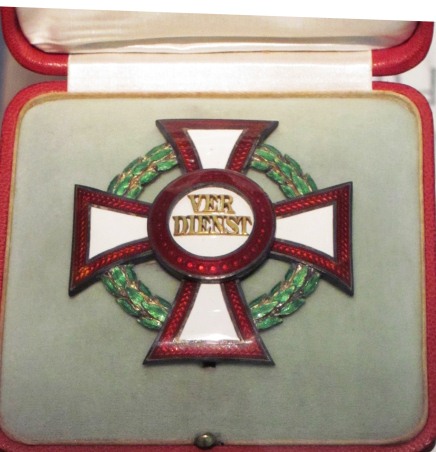 0
0 -
And even though the k.u.k. Navy is the Johnny-come-lately in Austrian martial history, there are some marvellous Naval groups to behold. Like this, to Rudolf, Graf Montecuccoli, Commander of the Naval Section of the k.u.k. War Ministry, 1904-1910.
 0
0 -
My interest in all of this was sparked by the fact that my great-uncle served in the First World War as a Warrant Officer, later Ensign, in the k.u.k. Navy, so here - for me - is one of the most evocative icons in the museum.
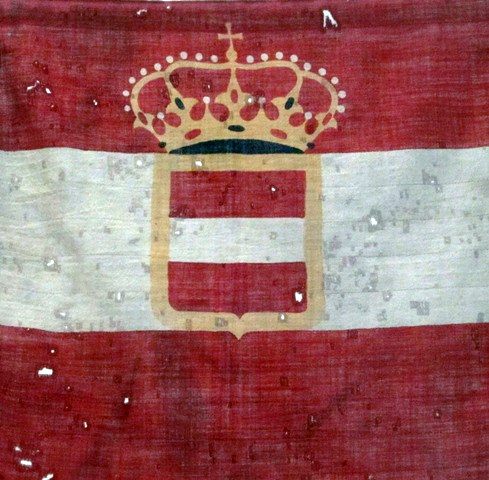 0
0 -
While here, again, are relics of Field Marshal Archduke Albrecht.
 0
0 -
Staying with the archdukes, here are the medals of Archduke Wilhelm, on the uniform of a Generalartillerieinspektor.
 0
0 -
And here is Field Marshal Albrecht, Archduke of Austria's Star of Maria Theresa, from the room on the ground floor to the right of the entrance.
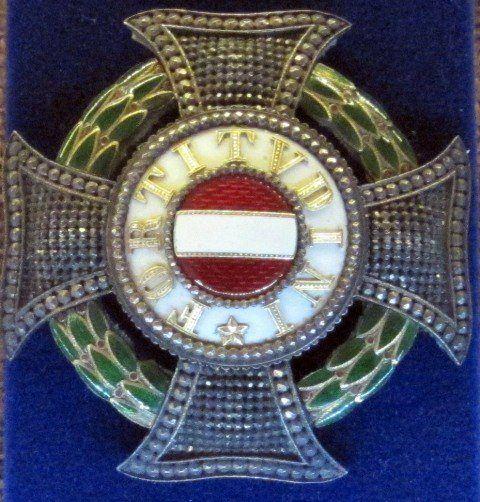 0
0 -
But let's get back to the medals - even if only in painted form. Here is Albrecht, Archduke of Austria (1817-1895), in the uniform of a General of Cavalry, painted in 1854.
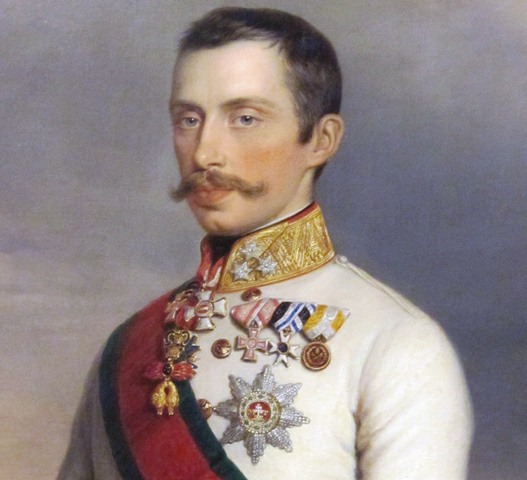 0
0 -
Of course, Windisch-Graetz and Radetzky and Jelačić, AND the Russian Army, saved Franz Josef's bacon, and he was free to marry the teenager of his dreams. Sisi has woven such a spell over the Austrians she even appears in the Heeresgeschichtliches Museum - where she adds glamour, if not logic.
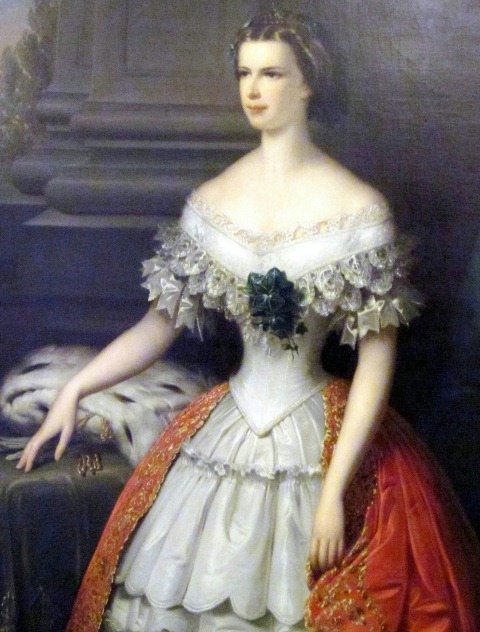 0
0 -
This wonderful photograph shows just what a sly old fox Radetzky was! And just how old he was!
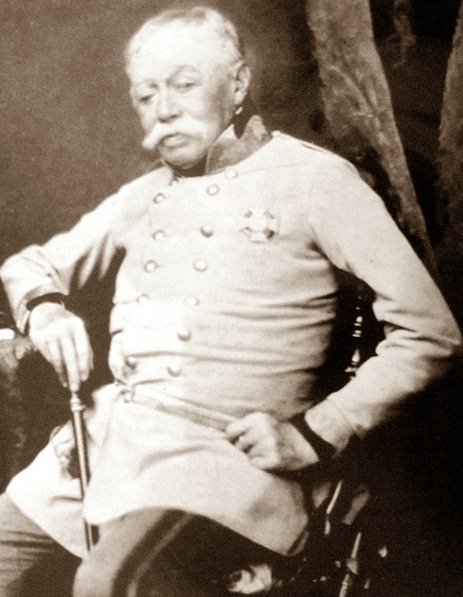 0
0 -
And who was also a member of the super-elite Order of the Golden Fleece.
 0
0 -
Or perhaps more famous still, Field Marshal Joseph Wenzel, Graf Radetzky - an octogenarian hero who helped pull Franz Josef's dynasty out of the poo in 1848.
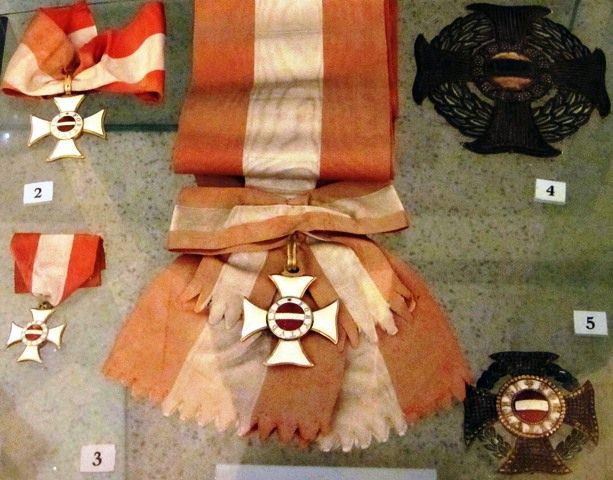 0
0 -
There are plenty of well-known and identified heroes, however, like Field Marshal Alfred Fürst Windisch-Graetz, whose Orders these are.
 0
0 -
This report is very much from the medal collector's perspective, so let's start upstairs to the right of the entrance, where, among relics of the wars of the 16th Century and Turkish Wars, you will find this charming little miniature of an unknown Austrian Field Marshal wearing the Military Order of Maria Theresa.
This Order was founded on June 18, 1757, the day of the Battle of Kolin, by the Empress Maria Theresa to reward especially meritorious and valorous acts by commissioned officers, including and especially the courageous act of defeating an enemy, and thus, "serving" the monarch. It was specifically given for "successful military acts of essential impact to a campaign that were undertaken on [the officer's] own initiative, and might have been omitted by an honorable officer without reproach." This gave rise to a popular myth that it was awarded for (successfully) acting against an explicit order. It was considered to be the highest honour for a soldier in the Austrian Armed forces.
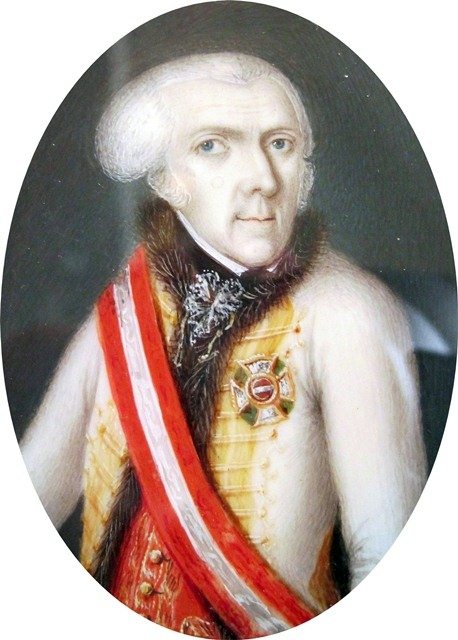 0
0 -
First - a little background from Wikipedia. The Heeresgeschichtliches Museum claims to be the oldest and largest purpose-built military history museum in the world, focusing on Austrian military history from the 16th century to 1945. Its collection includes one of the world's largest collections of bronze cannons, outside the museum proper. [Not featured in this trip report, sorry!]
The museum is located in Vienna's Arsenal, in the Landstraße district, not far from the Belvedere palace. It was constructed between 1850 and 1856 at the behest of Emperor Franz Joseph I as the new city garrison, after the old one was destroyed in the 1848 revolution. The museum, at the Arsenal's center, was part of the original design and was to serve as both a historical museum and a shrine to the Empire's military victories and leaders. (According to the Museum's official website, it is the oldest museum in Vienna.) It consists of five major parts: a main entrance hall containing the tomb-like Hall of Generals, and four large exhibit halls, in which the collections are kept.
Here is a snapshot of the magnificent Hall of the Generals.
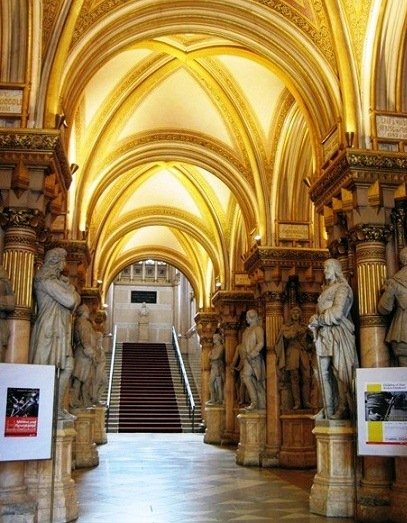 0
0 -
my computer locked up twice accessing that link in post #1. Happens when I try to exit and I have to hard shutdown my laptop to close it
I had exactly the same problem.
0 -
Pleasure!
We're talking about the 1/4th Royal West Kents here.
You'll find a lot more about them here.
William
0 -
Is it genuine?
You can't ask that question about modern French medals.
The first Indo-China medals may have come out with a dull bronze finish, but you can step into the Monnaie de Paris this morning and buy a medal in shiny bright finish which is completely "genuine" for € 25 ... say US$ 35.
Whether you buy a dull bronze medal or a shiny bright one, you cannot guarantee it was ever worn by an Indo-China veteran. Simple as that. :lol:
0 -
Have to agree. Where do you find the time, Sarge?
0 -
Spin Baldak.
"The third Afghan War began in April 1919, the new Emir of Afghanistan, Amanullah, decided to bolster his popularity by invading India in order to seize the old Afghan provinces west of the River Indus. He believed that the British and Indian troops would be too war-driven to resist. Although there was a shortage of artillery and machine guns, a division from Peshawar defeated a superior Afghan force in the Khyber Pass and forced them back towards Jellalabad. The main Afghan attack took place in the Tochi-Kurram valley area where the Waziristan Militia deserted to the enemy. A large Afghan force beseiged two battalions of Sikhs and Gurkhas and a squadron of cavalry in Thal. Although under constant attack for a week until they were relieved by a different convoy. In Baluchistan the British stormed the Afghan fortress of Spin Baldak on May 27th. Spin Baldak guarded the road to Kandahar and its capture reduced the chance of an Afghan invasion by that route. Amanullah’s invasion had failed but the peace treaty that brought the war to an end did recognize full Afghan independence. In the next 40 years another war was to take place on Afghan soil involving the world" (The Continuing Role of the Outside World in Afghanistan)
0 -
I followed your link Sarge, and saw your album "(1980) Officer's & N.C.O. Rank Insignia: Saint John's Ambulance Brigade".
I should tell you that SJAB does not use military ranks like lieutenant, captain, major and colonel. The correct nomenclature is to be found here
Otherwise a lovely site!
And thanks also to Hauptman!!
0 -
Thanks, Harry!! :beer:
0 -
Harry - if you don't mind, that painting of the Mountain Gun, mule and naik really is worth a second look.
 0
0 -
A beautiful gold thread banner with the Sultan's heraldic achievement - dependant from which are the Ottoman orders. Stunning souvenir of a very happy visit!
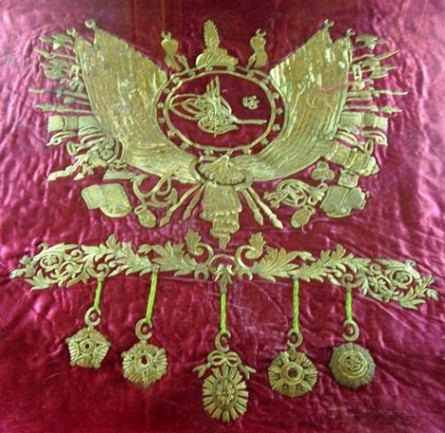 0
0 -
One of my favourite displays - medals attributed to Greek General Trikopis ... taken in the debris left behind after the Battle and NEVER returned!!
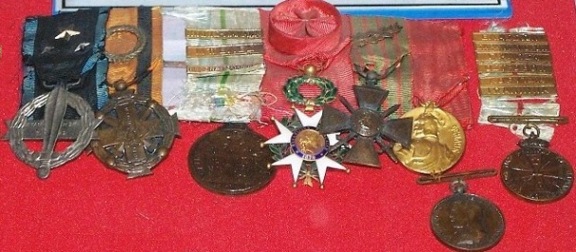 0
0



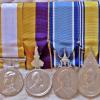
The Heeresgeschichtliches Museum in Vienna
in Museums & Shows
Posted
Grand Cross of the Royal Montenegrin Order of Danilo, sash